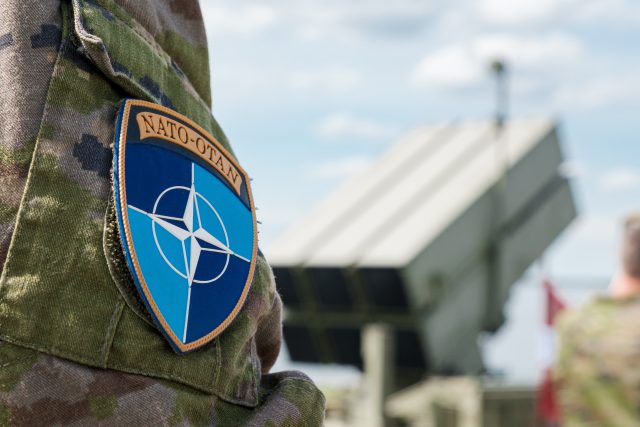
After more than two centuries of non-alignment, Sweden’s official entry into NATO in 2024 represented a momentous turning point in a radically changed international climate. This change of direction was driven, in particular, by the growing perception of a threat from Russia, intensified by the large-scale invasion of Ukraine in 2022. In this new geopolitical context, Swedish rearmament appears not as an episodic measure, but as an integral part of a long-term strategy.
NATO ENTRY AS A HISTORICAL CAESURA
To understand Sweden’s current phase of militarization, it is essential to start from a fundamental fact: the overcoming of historical neutrality. Russian aggression against Ukraine has radically changed the European strategic landscape. The perceived risk of conflict escalation and Moscow’s growing military assertiveness have led both Sweden and Finland to abandon two centuries of neutrality to secure the collective protection provided for by article 5 of the North Atlantic Treaty. The Swedish Parliament ratified accession with a cross-party majority, reflecting a consolidated political and popular consensus, supported by evidence of emerging geopolitical risks.
STRUCTURAL REARMAMENT AND INCREASE IN MILITARY SPENDING
Sweden’s new defence posture is based on a comprehensive and progressive rearmament strategy in line with NATO standards. Since 2020, military spending has already doubled reaching 2.4% of GDP, but the stated goal is to reach 3.5% by 2032. This is one of the highest percentages among member states, a tangible sign of Stockholm’s strategic commitment to the Atlantic Alliance. The rearmament program includes the purchase of modern weapons systems—such as drones, advanced artillery, anti-ship weapons, and air defences—as well as an investment plan in technological and cyber defence capabilities, essential elements in modern warfare.
AN ARMY ORIENTED TOWARDS ACTIVE DETERRENCE
The new Swedish defence strategy breaks with the conservative approach of the past and shifts toward a logic of active deterrence, based on readiness and the projection of force. The army’s reorganization is accompanied by a revision of conscription: reintroduced in 2017, it now includes the elimination of the “ten-year rule,” which established the maximum limit for conscripts’ recall. These decisions reflect a new strategic awareness: despite not directly bordering Russia, Sweden is geographically sensitive, both as a potential transit corridor for NATO troops in the event of a conflict in the Baltics, and for control of the island of Gotland, a key point in the Baltic Sea.
POLITICAL COHESION AND POPULAR SUPPORT
A notable element of Sweden’s rearmament policy is the strong cross-party consensus it enjoys. The rearmament package approved by the Parliament in June 2025 also received a favourable vote from the Social Democratic opposition, demonstrating national unity on defence issues. In an era marked by political polarization, this represents a strength for Sweden, allowing it to move swiftly toward achieving its strategic objectives without the uncertainties typical of other national scenarios.
A SIGNIFICANT TRANSFORMATION
With its entry into NATO, Sweden is rapidly reconfiguring itself as a fully integrated player in the Euro-Atlantic security architecture. The rearmament process undertaken by Sweden represents one of the most significant transformations in the post-2022 European security landscape. This evolution is the result of the interaction of three main dynamics. First, the country’s accession to NATO has entailed the assumption of new obligations in the area of collective defence, marking a break with the traditional position of neutrality. Second, the conflict in Ukraine and Russia’s growing assertiveness have profoundly changed perceptions of security within Swedish society, leading to a greater awareness of the concrete possibility of a direct threat. Finally, this change also reflects a broader process of redefining national identity, involving the progressive internalization, by public opinion and institutions, of the possibility of a real conflict, no longer relegated to the realm of theoretical hypotheses. As a symbol of Nordic neutrality, Sweden is rapidly emerging as one of the most dynamic players in the new European security architecture. However, the success of this process will depend, in the medium and long term, on a series of crucial factors. It will be essential to ensure the maintenance of high-quality standards in the armed forces, to make the progressive increase in military spending economically sustainable, and to preserve the internal political cohesion necessary to sustain such a strategic shift.



 Subscribe
Subscribe